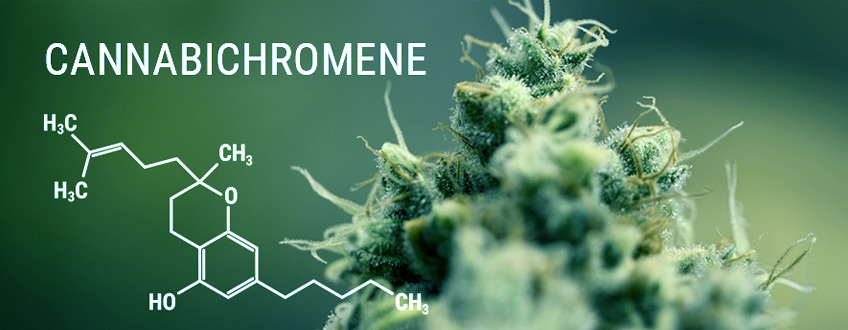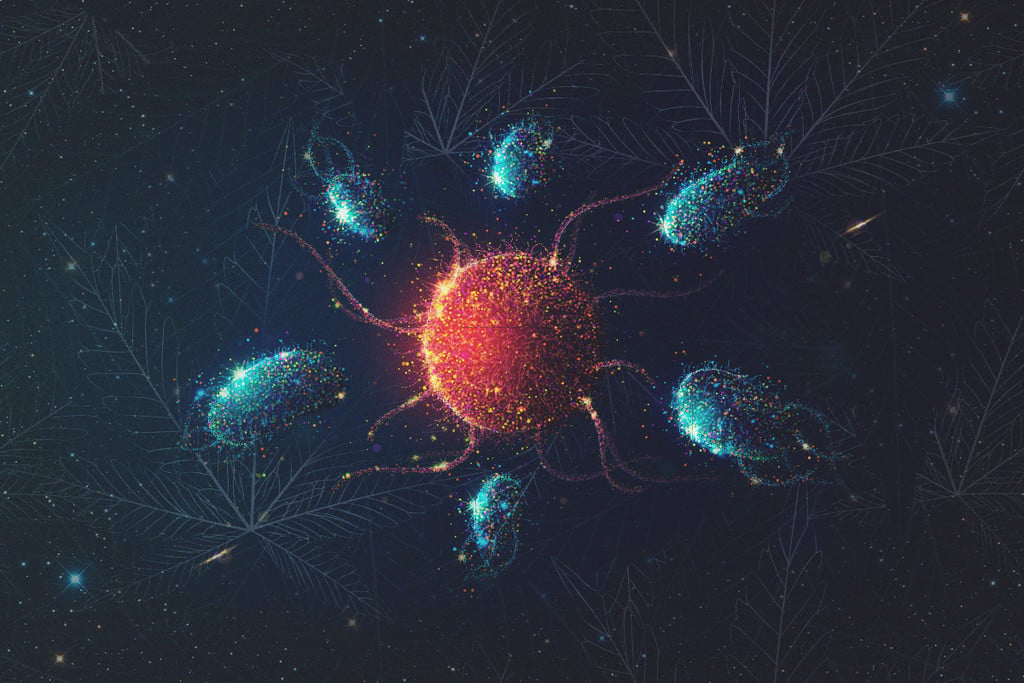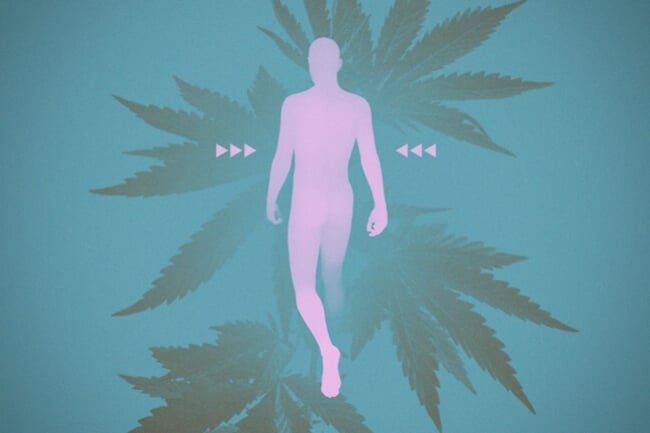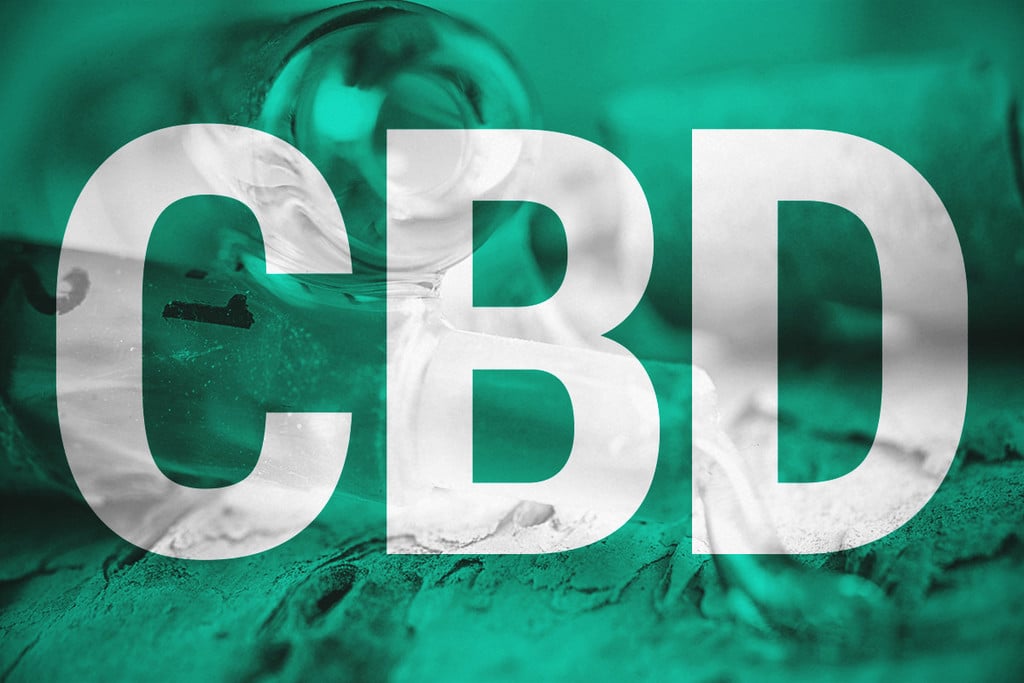.
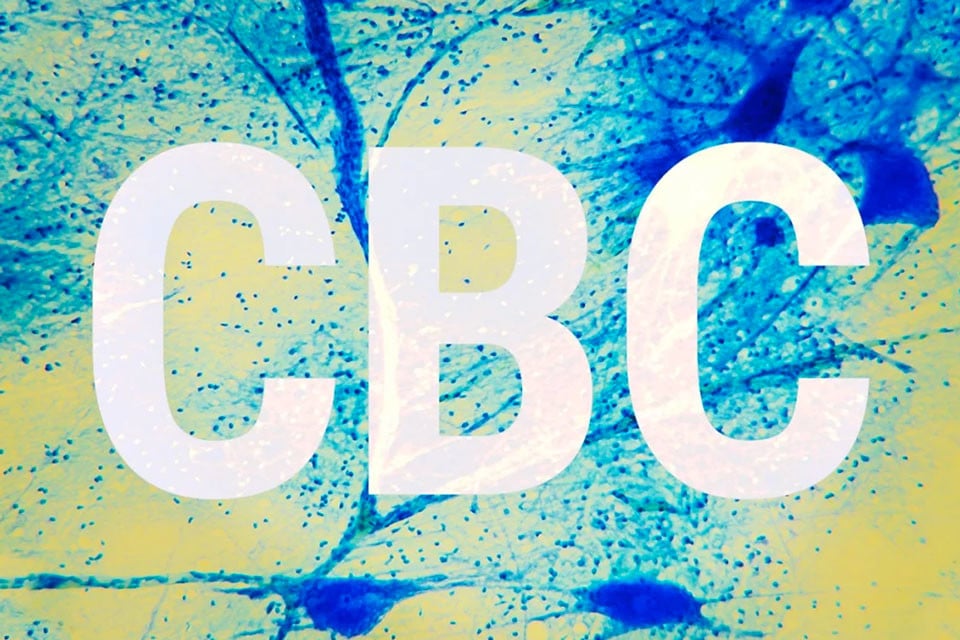
Cannabichromene (CBC): The Third Most Common Cannabinoid
CBC is the third most prominent cannabinoid, but not much is known about it. What is known is that it apparently plays a key role in neurogenesis, pain reduction, and lessening of inflammation.
Contents:
Cannabichromene (CBC) is one of the lesser-known cannabinoids. At least at the moment. Very little research has been conducted on this compound, although it is believed to be non-psychoactive.
First discovered in 1966, CBC is structurally similar to other cannabinoids. However, it is also believed to play a key role in cannabis’ anti-inflammatory and analgesic properties.
HOW DOES IT WORK?
CBC directly interacts with CB1 and CB2 receptors throughout the body and brain. However, it also works with other receptors, specifically TRPA1 and TRPV1[1]. These channels, like the endocannabinoid system (ECS) comprised of cannabinoid receptors, link throughout the body. They play a key role in pain and inflammation transmission signals sent to other regions of the body.
Why? “TRP” stands for “transient receptor potential channels” This means that they are essentially the SOS channel over which signals about pain and inflammation are sent.
Even more interesting? CBC is one of the most prevalent, if still largely unresearched cannabinoids. It is also the third most abundant cannabinoid found in generalised plant samples, behind THC and CBD.
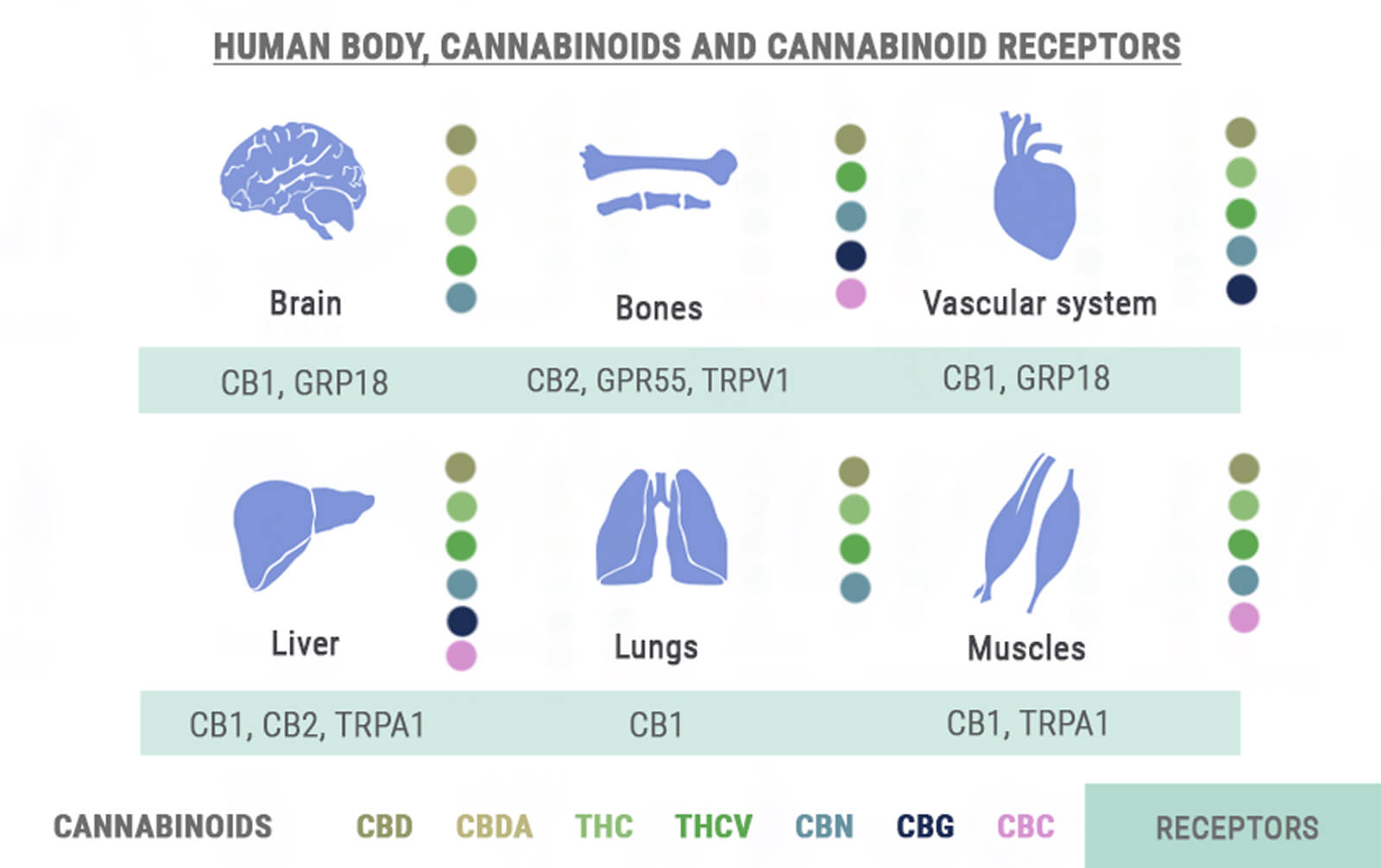

A MULTICHANNEL KEY?
What this means for how cannabinoids will be combined is huge. Perhaps these “extra,” non-psychoactive cannabinoids like CBC act like additional keys or codes. The ECS may in fact be the master regulator. However, side “channels” as it were - such as other switching networks in the body, may also be stimulated by the additional cannabinoids in the cannabis plant.
Confused? Think about the human body like an electrical system or a series of canals. The ECS appears to be one "channel" with cannabinoid receptors. Yet, cannabis also appears to have the ability to send signals into other "channels" too. It may well be that cannabinoids stimulate the ECS the most, but they can also access different receptors as well.
If that is true, then CBC in particular may become a “specialty” cannabinoid all its own. Indeed, it may eventually even be employed to treat or benefit a specific class of health conditions. This in and of itself is a revolutionary way to think not only about CBC, but an entire network of other potentially beneficial cannabinoids as well.
CBCA AND ITS POTENTIAL
Cannabichromenic acid, or CBCA, is the parent molecule of CBC and is one of the three primary cannabinoids formed from cannabigerolic acid (CBGA). CBGA is one of the first cannabinoid produced by cannabis plants and, over time, is broken down by specific enzymes to form THCA, CBDA, and CBCA. Eventually, when cannabis is exposed to heat and UV light during the drying, curing, and smoking/vaping/cooking processes, CBCA is broken down further into CBC and CBL, and CBLA.
To date, little research has looked specifically at the effects of CBCA on the body and it was believed that it does not have therapeutic properties of its own. Nowadays, scientists think it is possible that CBCA exerts anti-inflammatory, antimicrobial and analgesic effects.
WHAT CONDITIONS DOES CBC TREAT?
Apart from generalities of “inflammation” or “pain,” CBC is already starting to be applied to other conditions. New research published last year by the Journal for Experimental Dermatology found that CBC may be good for acne treatment. Why? it appears to reduce the production of sebum by sebaceous glands, while also reducing the impact of arachidonic acid on the skin and glands.
It is not known, thanks to lack of research and data, how exactly CBC can manage pain. However, it is clear that it can and most likely will be used to do so in future trials and treatments. This begins with any movement disorder where inflammation is also a feature, such as arthritis.
Even more thrilling? CBC appears to promote neurogenesis, the growth of nervous tissue. It also may be a key cannabinoid that impacts or retards cell degeneration in conditions like depression, Alzheimer’s, Parkinson’s, Huntington’s, and motor neuron disease.
The properties of this cannabinoid are no doubt intriguing. Even with few human trials to back it up, CBC is already making waves.
1. CBC and neurogenesis. A mouse study[2] published in 2013 suggests that CBC can positively encourage new cell growth.
2. CBC may be good for reducing chronic stress and depression. A University of Mississippi study found rat subjects[3] treated with CBC to perform better on stress tests.
3. CBC is an anti-inflammatory.[4] A 2010 study found CBC to initiate anti-inflammatory benefits all on its own. However, it also appears to work better when combined with THC and CBD. The combination of all three was more effective than the combination of just the other two.
4. This little cannabinoid might have a huge impact on pain. A 2011 study[5] found that CBC stimulated pain-relieving networks in animal models.
5. CBC has clear anti-bacterial properties, which have been identified for at least thirty years. Studies in the 1980’s even indicate that CBC might be directly impactful against deadly bacterial killers like E. coli[6].
WHAT STRAINS OF CANNABIS ARE HIGH IN CBC?
Research dating back to the 1970’s shows that landrace strains from India carry a high level of CBC. In fact, in these samples, CBC appears to be more abundant than CBD. CBC is also found in higher levels in younger plants. It degrades naturally to another cannabinoid called cannabicyclol in the presence of heat and light. These days, however, most crops are optimised for THC and CBD content. In fact, a 2013 study analised the cannabinoids of one of Europe’s most widely distributed medical strains called Bediol. Both CBC and CBN - another “minor” cannabinoid, were both identified as trace elements.
- The functions of TRPA1 and TRPV1: moving away from sensory nerves https://www.ncbi.nlm.nih.gov
- The effect of cannabichromene on adult neural stem/progenitor cells - ScienceDirect http://www.sciencedirect.com
- Antidepressant-like effect of Δ9-tetrahydrocannabinol and other cannabinoids isolated from Cannabis sativa L. - ScienceDirect http://www.sciencedirect.com
- Pharmacological evaluation of the natural constituent of Cannabis sativa, cannabichromene and its modulation by Δ(9)-tetrahydrocannabinol. - PubMed - NCBI https://www.ncbi.nlm.nih.gov
- Non-psychoactive cannabinoids modulate the descending pathway of antinociception in anaesthetized rats through several mechanisms of action. - PubMed - NCBI https://www.ncbi.nlm.nih.gov
- Biological activity of cannabichromene, its homologs and isomers. - PubMed - NCBI https://www.ncbi.nlm.nih.gov


























